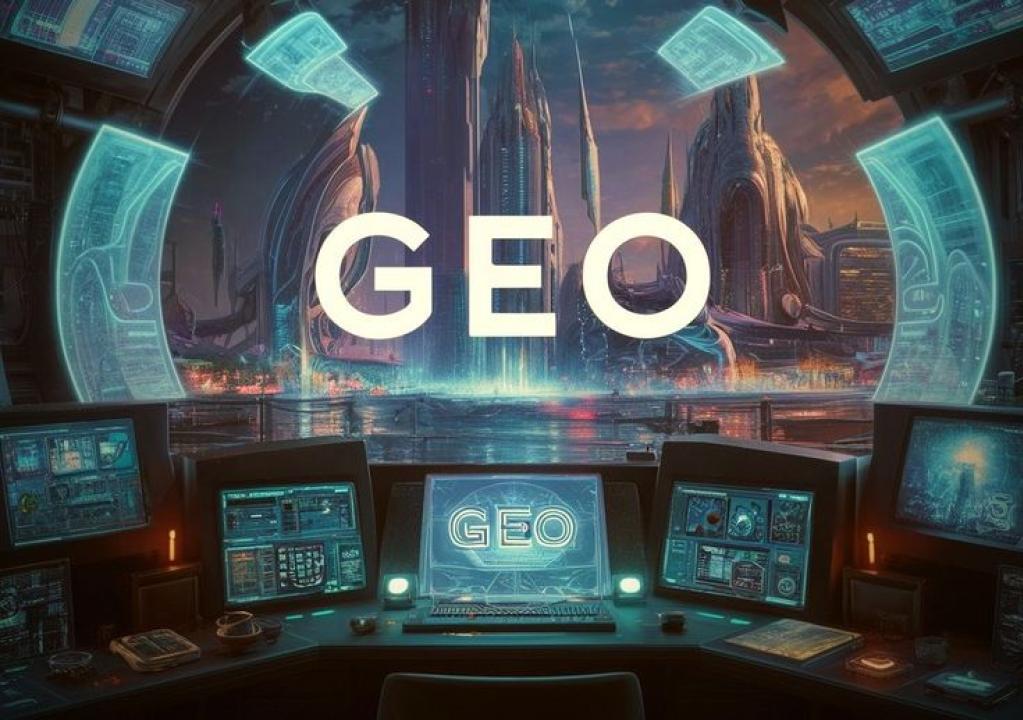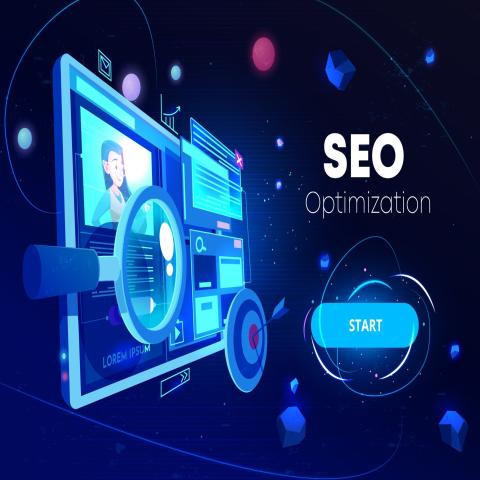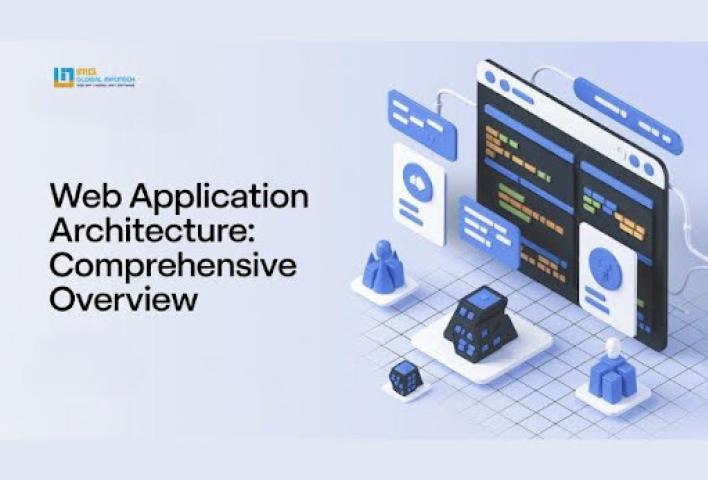Search is evolving — and fast.
Until recently, getting found online meant optimizing for Google’s search results with traditional SEO tactics like keywords, meta descriptions, backlinks, and page speed. But now, there's a new frontier: optimizing for AI-powered generative search engines.
Welcome to the era of Generative Engine Optimization (GEO) — the next big shift in how we think about visibility, content, and search.
🔍 What is Generative Engine Optimization (GEO)?
Generative Engine Optimization is the practice of structuring and creating content that is easily understood, sourced, and summarized by AI-driven search engines like:
-
Google’s Search Generative Experience (SGE)
-
Bing Chat
-
ChatGPT (browsing mode)
-
Perplexity AI
-
Brave AI search
Unlike traditional search engines, which list results, generative engines produce direct answers by pulling from various sources. If your content is part of those sources, your brand can be quoted, linked, or recommended — right inside the AI answer.
💡 Why GEO Matters Now
AI search doesn’t just display 10 blue links anymore. It generates answers instantly.
If your content isn't optimized for these engines, you’re missing out on:
-
Brand mentions in AI responses
-
Featured quotes or citations
-
Direct traffic from AI-recommended sources
-
Authority in your niche
GEO is how you become the source instead of just fighting for position in the SERP.
🧠 How to Optimize for Generative Engines
Here’s how to prepare your website and content for the world of GEO:
✅ 1. Write Fact-Based, Clear Content
AI prefers clear, factual, and well-structured writing. Use proper subheadings, bullet points, and summaries. Avoid fluff.
Tip: Use Q&A formats, definitions, and structured breakdowns — AI loves digestible pieces.
✅ 2. Use Schema Markup
Structured data helps engines understand your content's context — such as author, product, FAQ, and article type.
✅ 3. Build Topical Authority
Generative engines prioritize trusted sources. Writing multiple pieces on a topic builds subject authority and increases your chances of being cited.
✅ 4. Add Expert Credibility
Mention your name, certifications, or expertise in content. Google SGE, for example, prefers sources with E-E-A-T (Experience, Expertise, Authoritativeness, and Trustworthiness).
✅ 5. Get Quality Backlinks
Even generative engines look at who’s linking to you. Focus on getting relevant, non-spammy backlinks from authoritative websites.
🌐 GEO vs SEO: What’s the Difference?
| Aspect | SEO | GEO |
|---|---|---|
| Target | Google/Bing SERP | AI-generated responses |
| Format | Web pages | Structured insights, summaries |
| Success Metric | Rank in results | Be cited or used in AI answers |
| Content Style | Keyword-driven | Contextual and factually rich |
| User Intent | Click-through | Instant answer |
In short: SEO brings people to your site. GEO makes your site the answer.
📈 The Business Advantage of GEO
Imagine this:
A potential customer asks ChatGPT,
“Who is the best digital marketing strategist in Kerala?”
If your content is well-optimized for GEO, the model might cite your website, your name, or your blog post — instantly building trust and awareness.
That’s powerful.
Final Takeaway
Generative Engine Optimization isn’t just another trend — it’s a paradigm shift. As AI becomes the new gateway to information, being visible inside AI responses will matter more than rankings alone.
Start now. Optimize for context, structure, and clarity. And let your brand become the answer, not just an option.
📌 Want your business to stay ahead in the age of AI search?
Let’s make your content GEO-ready — and future-proof your visibility.
Reach out to Muhaviya — Certified Digital Marketing Strategist in Kannur Kerala



















